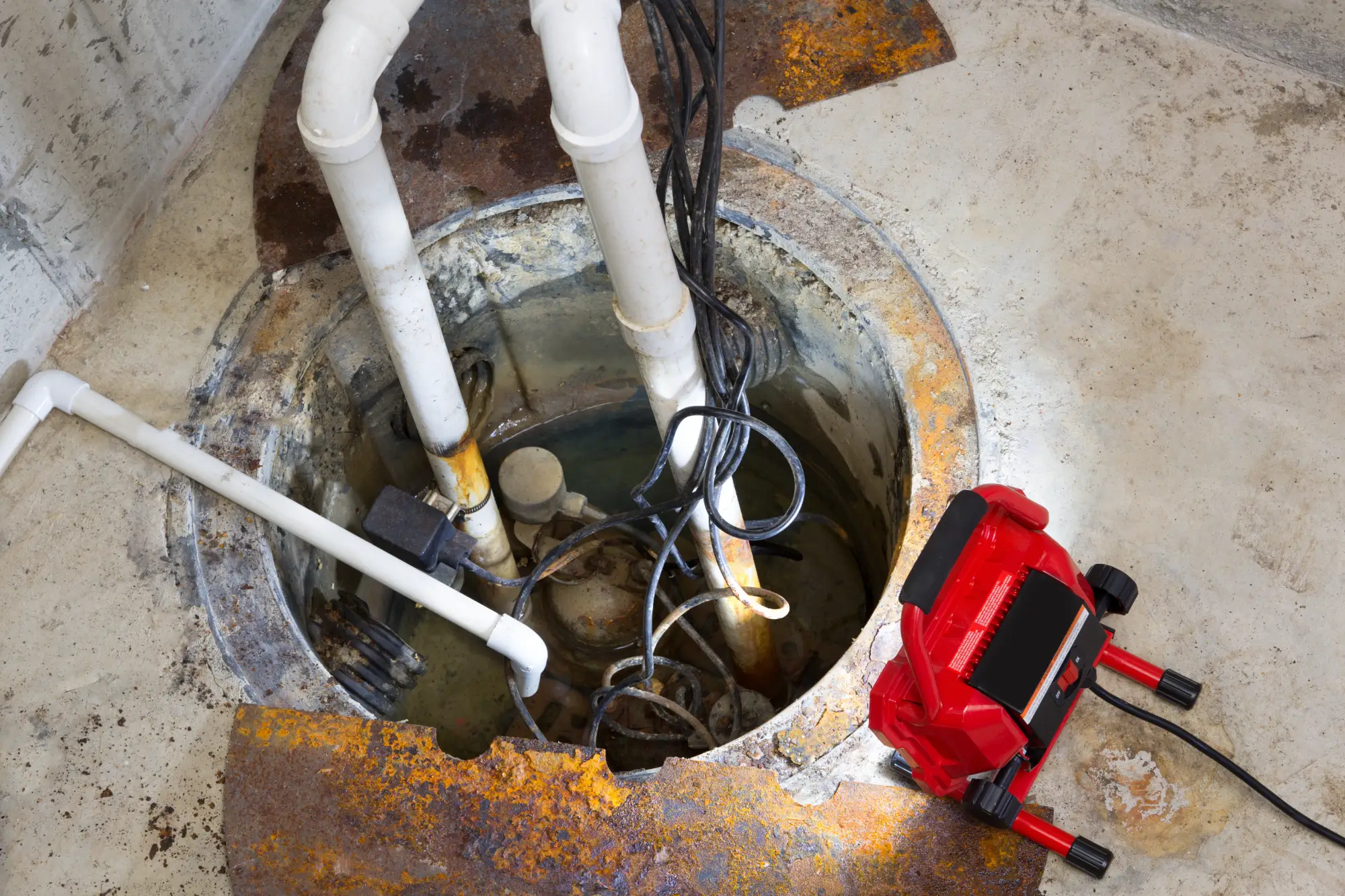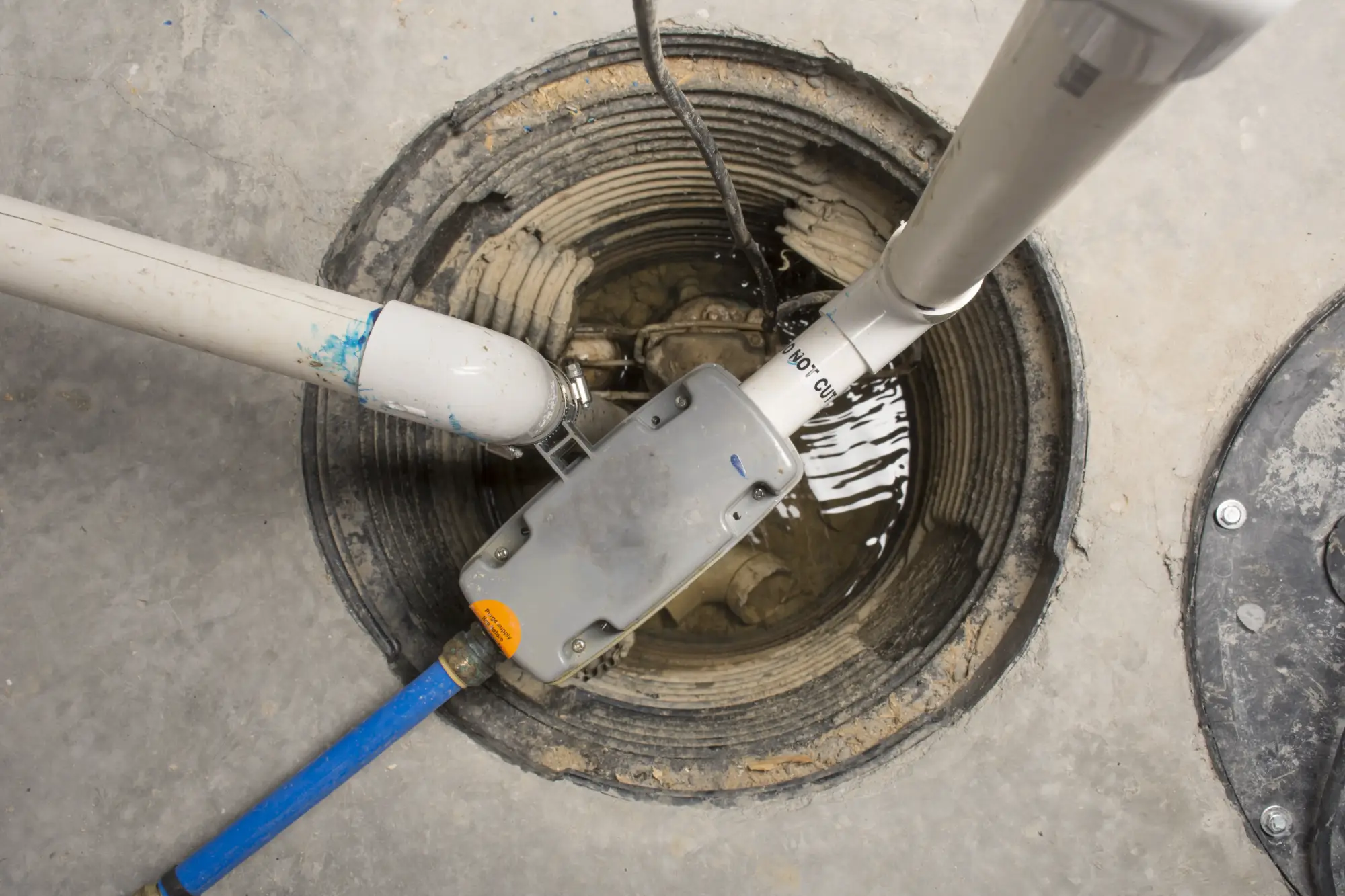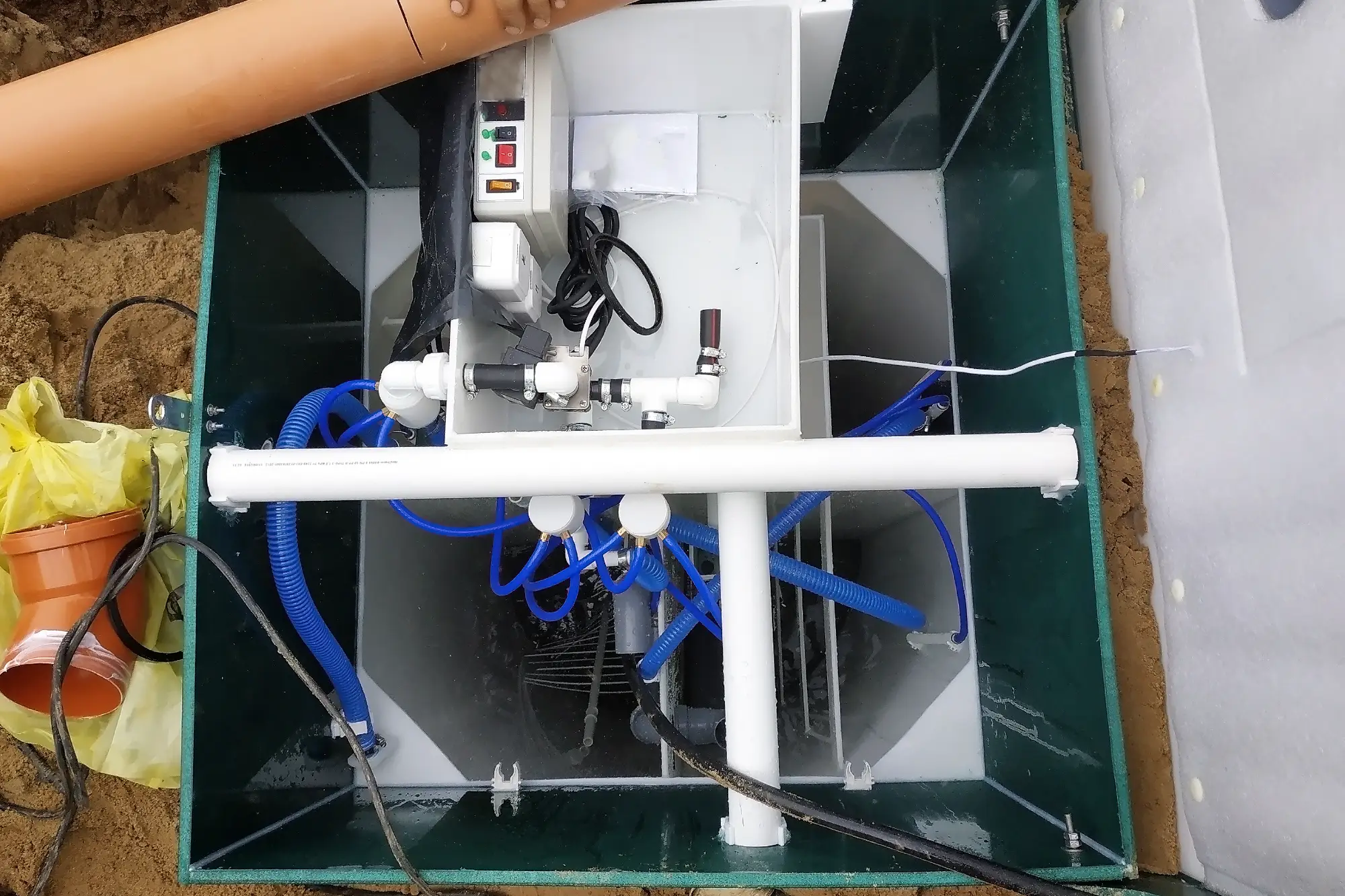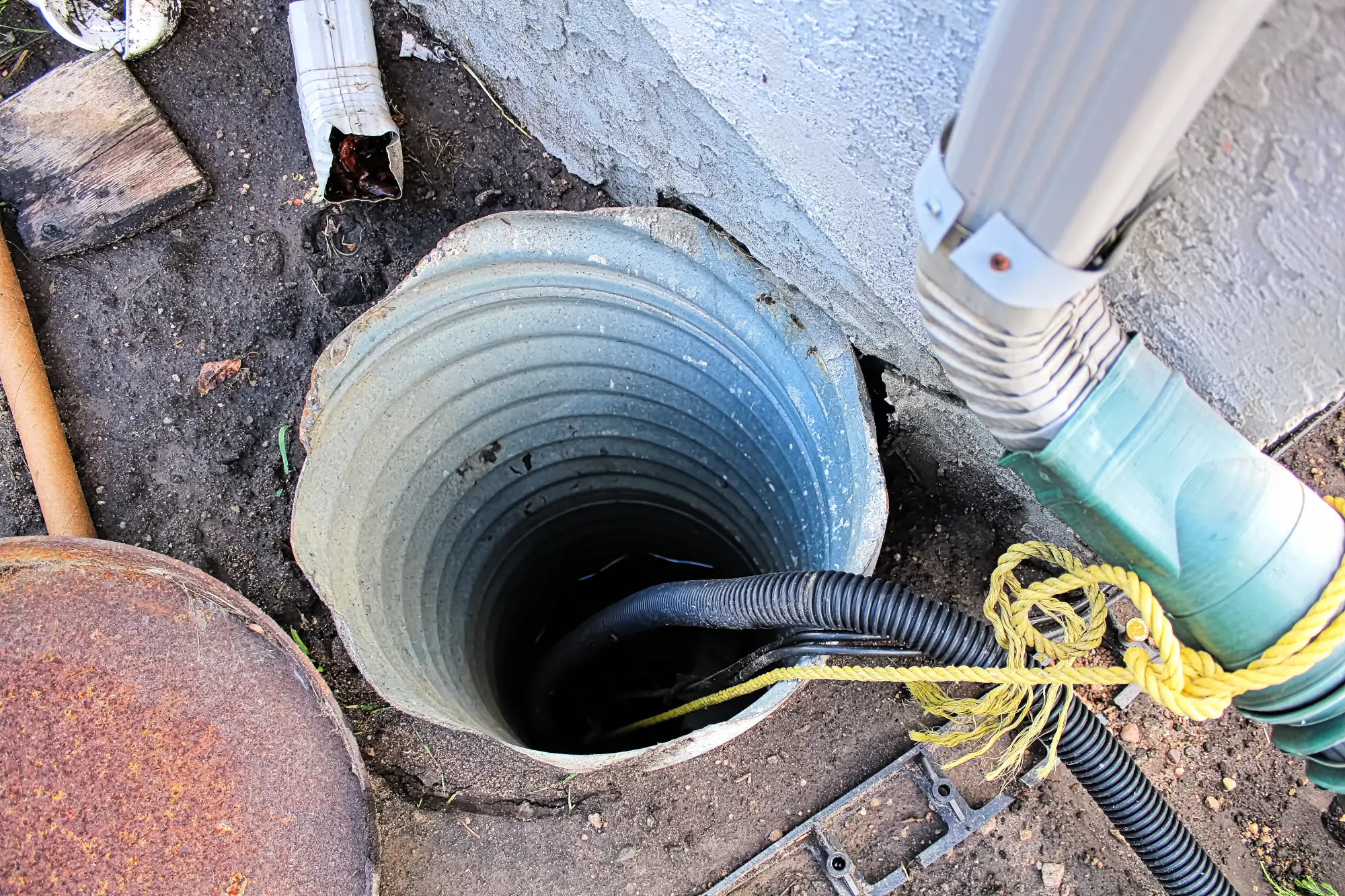Sump Pump Installation in Valley Stream, NY
Stop Basement Flooding Before It Starts
Custom sump pump solutions that actually work when you need them most—installed right the first time.

Hear About Us

Basement Sump Pump Systems Valley Stream
You’ll sleep better knowing your basement is protected. No more rushing downstairs during storms to check for water. No more moving everything off the floor when heavy rain hits.
A properly installed sump pump system handles water before it becomes a problem. Your basement stays usable. Your belongings stay safe. Your home value stays protected.
The difference is in the installation. Most flooding happens because the system wasn’t designed for your specific situation. We size pumps correctly, position them right, and install backup power so they work when the lights go out.
Sump Pump Installation Company Valley Stream
Diamond Masonry & Waterproofing LLC has been protecting Valley Stream basements for years. We understand how water moves through Long Island soil and what it takes to keep it out of your home.
We’re not just installers—we’re problem solvers. Every basement is different, and cookie-cutter solutions don’t work. That’s why we design each system specifically for your home’s needs.
Licensed, insured, and local. We pull proper permits and stand behind our work because we live and work in this community too.

Sump Pump Installation Process Valley Stream
First, we evaluate your basement’s specific challenges. Water table depth, soil conditions, and your home’s layout all matter. We measure everything and design a system that fits your situation.
Next comes the installation. We dig the sump pit to the right depth and size for your pump. The discharge line gets routed properly so water flows away from your foundation—not back toward it.
We test everything before we leave. The pump, the float switch, the discharge line, and the backup power if you have it. You’ll see exactly how it works and what to expect. We clean up completely and walk you through basic maintenance so your system lasts.

Ready to get started?
Explore More Services
About Diamond Masonry & Waterproofing
Get a Free Consultation
Basement Sump Pump Installation Valley Stream
You get a complete system designed for your basement. High-quality sump pump sized correctly for your space. Properly positioned sump pit with the right liner and gravel base. Discharge piping that routes water safely away from your foundation.
We handle all permits and inspections. The installation includes testing to make sure everything works correctly. You’ll get a clear explanation of how to maintain your system and what to watch for.
Valley Stream’s water table can be tricky, especially near Hendrickson Park and the southern areas. We account for seasonal changes and storm surge potential when sizing your system. Your pump needs to handle normal groundwater plus heavy storm conditions—we make sure it can.

How long does sump pump installation take in Valley Stream?
What size sump pump do I need for my basement?
Do I need a backup sump pump system?
How much does sump pump installation cost in Valley Stream?
Where does the water go when my sump pump runs?
How often should I replace my sump pump?
Local Resources
- Google Map Link
- Find the Valley Stream, NY USPS
- Locate Nearby Valley Stream, NY Pharmacies
- View the Current Weather in Valley Stream, NY
- Valley Stream, NY is located in Queens county in New York State